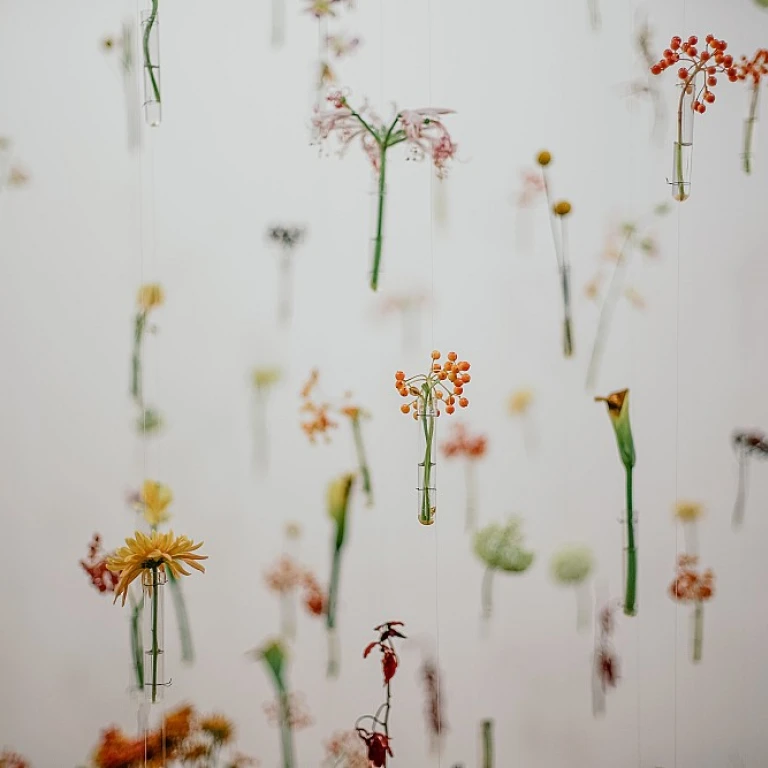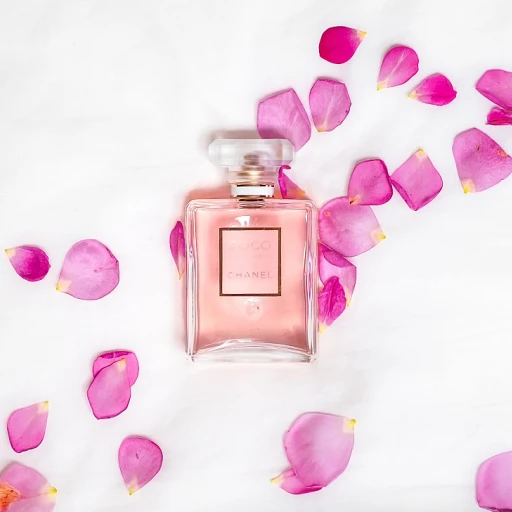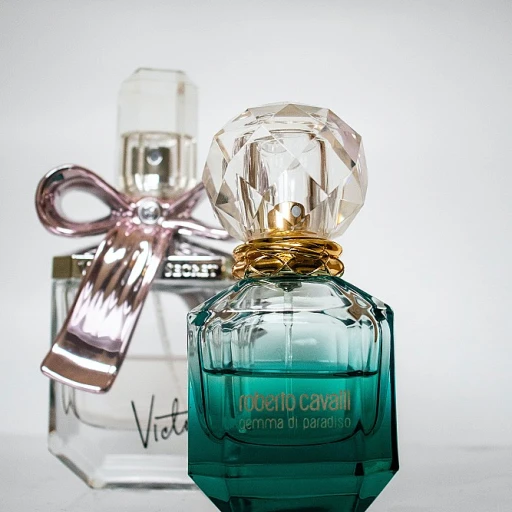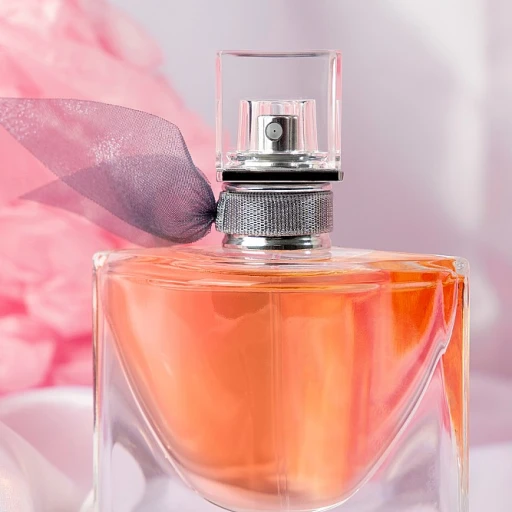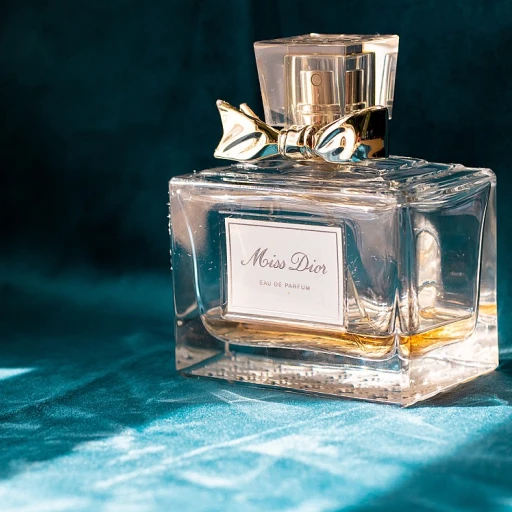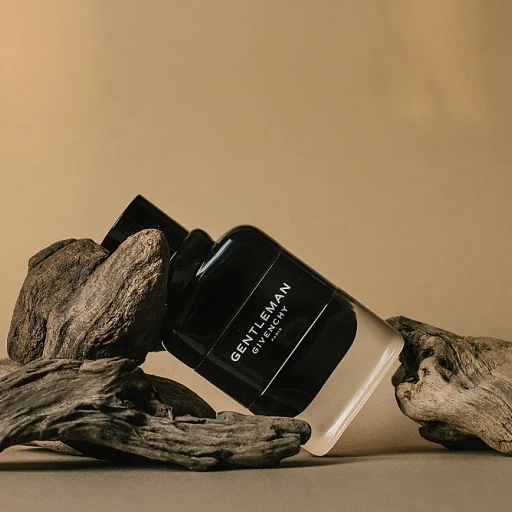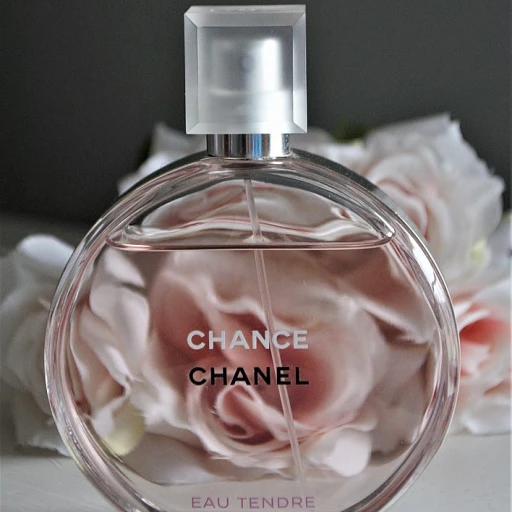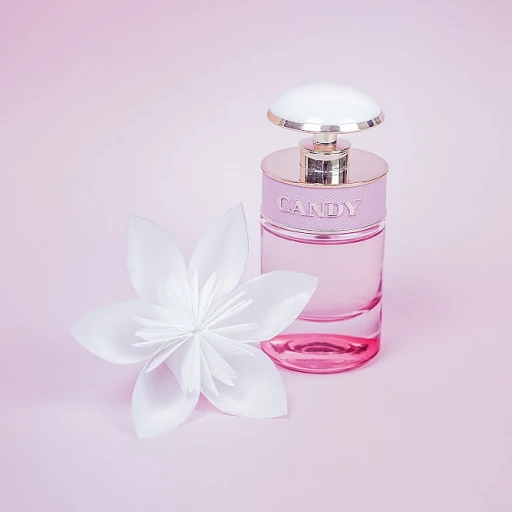
Understanding Natural Perfumery
Exploring the Essence of Nature in Perfumery
The Ingredients: Nature's Palette
Exploring the Natural Ingredients
The journey into natural perfumery is like painting with nature's palette. Each ingredient is a drop of artistry, offering an array of olfactory experiences, from the lush romance of rose to the grounding depth of base notes. In the creation of a natural perfume, each component holds significance and purpose. Essential oils are the heart of many natural perfumes, capturing the raw essence of organic materials.
Among the stars of this natural stage are essential oils and absolutes. These oils are extracted from natural resources, delivering a concentrated form of a scent that embodies both top and middle notes. For instance, the top note might come from citrus oils, offering a fresh and fleeting opening, while the middle note could be encapsulated by a floral essential oil like rose, providing a lingering and enchanting transition.
Base notes, often crafted from heavier oils or absolutes, act as the fragrance's foundation—ensuring the scent's longevity and depth. These can include ingredients from exotic woods to rich spices, establishing an enduring signature that reflects the natural world.
The natural perfumer often works with oil based scents which stand strong even with aging. Unlike synthetic counterparts, natural perfumes can evolve over time, influenced by factors such as the materials themselves, the aging process, and even the storage conditions like keeping the fragrance in a cool dark place. The intricate balance of these natural treasures makes perfumery not just an art but a science.
Was your interest in these materials piqued? For those who yearn to dive deeper into crafting with nature's elements, consider exploring the art of crafting perfume dreams with a fragrance coach and unlock the potential of true scent artistry.
Crafting a Fragrance: The Perfumery Process
The Art of Blending: A Symphony of Scents
Crafting a fragrance in the realm of natural perfumery is akin to composing a symphony, where each note plays a crucial role in the overall harmony. The process begins with selecting the right essential oils and natural ingredients, which are the building blocks of any perfume. These ingredients are carefully chosen for their unique characteristics and the way they interact with each other.
In natural perfumery, the art of blending involves creating a balance between top notes, middle notes, and base notes. Top notes are the initial impression of the perfume, often fresh and light, such as citrus or rose. Middle notes, also known as the heart of the fragrance, emerge once the top notes evaporate, offering a more robust scent profile. Finally, base notes provide depth and longevity, often using rich, warm oils like sandalwood or patchouli.
From Concept to Creation: The Perfumery Process
The journey from concept to creation in natural perfumery is meticulous. It starts with a vision or inspiration, which guides the selection of note oils and the overall composition. A natural perfumer must consider the aging process, as some blends require years to mature and develop their full character.
Once the blend is crafted, it is mixed with a high proof alcohol or an oil based medium, depending on the desired product, whether it be a liquid or solid perfume. The mixture is then left to age in a cool dark place, allowing the scents to meld and mature. This aging process is crucial, as it can significantly alter the fragrance profile, enhancing the depth and complexity of the scent.
Pricing and Perception: The Value of Natural Perfumes
Natural perfumes often come with a higher price usd tag due to the quality and rarity of the ingredients used. Each drop of essential oil is precious, and the skill involved in crafting these perfumes is a testament to the artistry of the perfumer. For those who appreciate the nuances of natural scents, the investment is well worth it, offering a unique olfactory experience that synthetic perfumes cannot replicate.
For more insights into the luxurious world of natural scents, explore the allure of luxurious body butter jars and how they complement the fragrance experience.
Challenges in Natural Perfumery
Navigating the Intricacies of Natural Perfumery
Crafting a natural perfume is a demanding endeavor, involving various complexities that challenge even seasoned perfumers. While the allure of working with natural materials might be enticing, it also comes with a set of distinctive hurdles. One of the primary challenges is achieving stability in the fragrance. Natural oils and essential oils possess inherent characteristics that result in a dynamic scent profile. Unlike synthetic perfumes, which maintain a uniform scent, natural perfumes evolve over time. This aging process can cause shifts in the top, middle, and base notes, leading to variations in the final aroma. Pricing is another consideration. Natural perfumes, often crafted in limited quantities with rare and top-quality ingredients, typically have a higher unit price compared to mass-produced synthetic options. The use of premium essential oils like rose absolute contributes to this cost, translating to a higher regular and sale price on the market. Yet, enthusiasts argue that the depth and authenticity of scent delivered by natural perfumery is unparalleled. Blending these perfumes requires skilled craftsmanship. Each drop of essential oil needs to be measured meticulously to create a harmonious blend. The natural perfumer must consider the interaction between note oils, ensuring that they complement each other and produce a balanced final perfume concentrate. This delicate process involves a keen understanding of how different materials like middle notes and oil base blend harmoniously. Furthermore, the preservation of natural perfumes demands specific storage conditions. These scents should be kept in cool, dark locations to maintain their integrity. Exposure to light and heat can cause degradation, altering the original scent envisioned by the creator. Despite these challenges, the charm of natural perfumery lies in its unique ability to capture the essence of nature. Its rise in popularity is a testament to an increasing desire for authentic and sustainable scents. As consumers seek fragrances that not only smell divine but are also created with care and respect for the environment, the appreciation for natural perfumes continues to surge.The Rise of Sustainable Scents
The Green Revolution in Fragrance
In recent years, the fragrance industry has witnessed a significant shift towards sustainability, driven by both consumer demand and environmental necessity. Natural perfumery, with its emphasis on using essential oils and natural ingredients, is at the forefront of this green revolution. This movement is not just about creating pleasant scents; it's about crafting perfumes that are kind to the planet.
One of the key aspects of sustainable scents is the sourcing of ingredients. Natural perfumers are increasingly turning to ethically sourced essential oils, ensuring that the extraction processes do not harm the environment. This includes using high proof alcohol derived from organic sources, which serves as a solvent for the perfume concentrate, allowing the top, middle, and base notes to blend harmoniously.
Moreover, the aging process of natural perfumes is often done in cool, dark environments to preserve the integrity of the scent without relying on synthetic stabilizers. This method not only enhances the longevity of the perfume but also ensures that each drop maintains its natural essence over the years.
Price is another factor that reflects the sustainable approach in natural perfumery. While the price in USD for natural perfumes might be higher compared to their synthetic counterparts, this cost often represents the fair trade practices and the quality of the ingredients used. Consumers are increasingly willing to pay a premium for perfumes that align with their values, appreciating the craftsmanship and ethical considerations involved.
As the world becomes more conscious of environmental issues, the rise of sustainable scents in natural perfumery is not just a trend but a necessary evolution. By choosing natural perfumes, consumers are not only indulging in exquisite scents but also supporting a movement that prioritizes the planet's well-being.
Experiencing Natural Fragrances
Embracing the Essence of Nature
Experiencing natural fragrances is a delightful journey of the senses. These scents captivate not just the nose but the heart and imagination as well. Natural perfumes, crafted with a harmonious blend of essential and absolute oils, offer an authentic olfactory adventure. Imagine inhaling the tender notes of rose, a middle note cherished for its depth and allure, beautifully complementing the top notes you encounter. You relish how these ingredients unfold over time, revealing the blend's middle note and base notes, creating a tapestry of scent that is both complex and comforting.
As you explore natural perfumery, you may discern the subtle yet profound differences from conventional perfumes. The materials used, from pure essential oils to various other botanical extractions, offer a scent that feels alive and evolving. Moreover, natural perfumers often opt for oil based formulations, enhancing the richness of each note. The oils carry the fragrance, allowing each drop to deliver a potent experience. The unit price of these perfumes may vary, but the richness they deliver justifies the regular price. Plus, considering the natural ingredients, these perfumes offer value beyond their sale price.
Discover the art behind these perfumes in settings designed to respect their nature. Cool dark environments help preserve the delicate top note and prevent any unintended aging of these exquisite blends. When wearing them, the warmth of your skin releases each note gradually, offering a personal journey with every wear. It's not just about smelling good; it's about experiencing a scent narrative, blending emotion and memory, all encapsulated in a beautifully crafted bottle.

